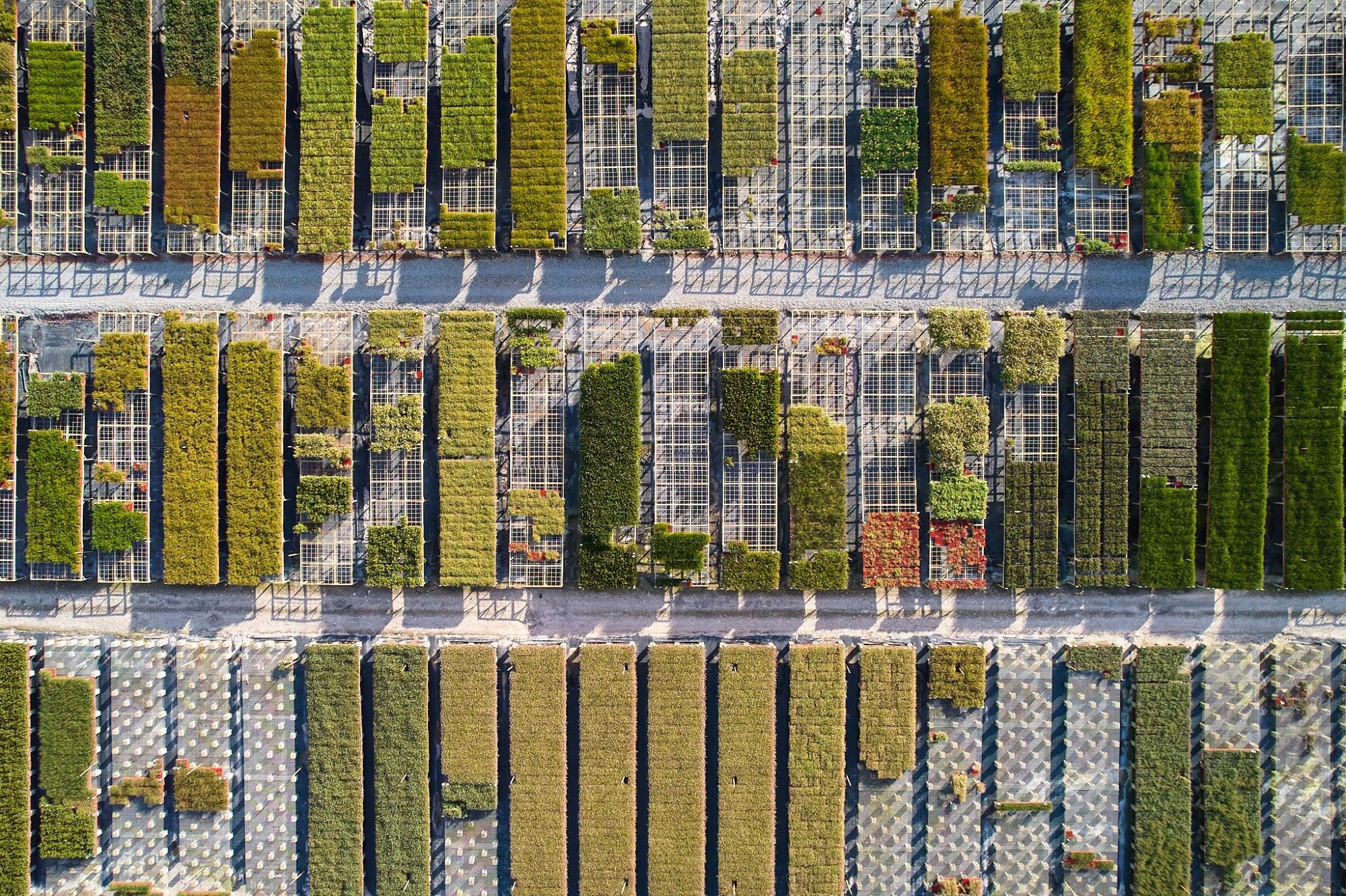Nativ Carbon, with a biodiversity approach to environmental planting, has begun crucial and ground-breaking trials using coated or pelleted native seeds – at Plantrite Nursery near Perth, with Curtin University – and says initial trials are extremely positive.

Image Credit: Nativ Carbon
Nativ Carbon director, David Lullfitz, said the trials, which began in January, have proven that pelleted native seeds – which are often very small and have unusual shapes – will make our nursery more efficient.
It will assist us to scale up and grow vast amounts of native Western Australian plants to reforest huge areas and service the carbon farming market."
David Lullfitz, Nativ Carbon Director
“Only 2% of natural vegetation remains in the Wheatbelt in which to collect seed from. Seed is a finite resource and it’s critical we improve the preciseness of our work. Pelleted seeds will enable the sowing process to be more mechanized and precise, further progressing vast planting projects requiring millions of seeds in a variety of biodiverse species mix.
“Recently the nursery has invested in more than $1 m worth of new infrastructure and machinery allowing for high-speed seedling lines, as part of our strategy to further mechanize to cater for large-scale native planting projects.”
Dr Simone Pedrini, at Curtin University’s School of Molecular and Life Sciences, says: “Pelleted seeds are much easier to handle and plant precisely. In six out of seven species tested in a recent research collaboration between Plantrite and Curtin University, seedling production efficiency was significantly improved for pelleted seeds compared to untreated seeds.
“These preliminary results are a promising sign that – with further development of pelleting recipes and their application to a broader range of species – it will be possible to drastically improve native seed use efficiency and help the restoration industry achieve its ambitious goals.
“Native seeds are an incredibly valuable and scarce resource. If we want to restore the highly diverse Australian ecosystems, we need to make better and more efficient use of native seeds.
“Many species, like some Eucalyptus and Melaleuca, have very small seeds, less than 1 mm in diameter, and are difficult to sow precisely. This is true for direct seeding but also for nursery production, where over or under-seeding can result in empty pots or pots with too many seedlings. This issue can be solved by increasing the size of the seeds using a technique called seed pelleting. In this process, clay material is added to the seed and held together with a polymeric binder until each small seed reaches the desired (more manageable) size.”
Nativ Carbon is planning for vast reforestation projects in Western Australia in the coming years. Nativ Carbon enables industry to deliver its decarbonization commitments in WA, through environmental plantings of native plants. Successful biodiverse plantings generate ACCUs (Australian Carbon Credit Units) for its customers.
Earlier this month Nativ Carbon announced it commenced planting of more than 5400 hectares with 2.7 million plants, including more than 35 native species, near Coorow, in Western Australia. It is believed to be the largest ever biodiverse planting in Australia.
The planting crew included more than 50 people, across six Sub-contractors. Twenty-five per cent of those employed in the planting crew were Aboriginal. Two Aboriginal businesses were Sub-contracted – Gambara which hired local Yued people around Moora, and Badgebup Aboriginal Corporation, based in Badgebup, near Katanning. The work was overseen by Nativ Carbon director Matthew Oswald.
Surface preparation for this year’s project sites, which began in late May 2023, included furrows being ripped and scalped. Weather forecasts are predicting adequate rainfall for the 2.7 million seedlings. Planting is expected to be completed at the end of July, 2023.
A wide range of biodiverse plants – including Melaleucas, Banksias, Hakeas and Woody Pears – will be used. Many species are local to the area and have been grown from seed by Plantrite nursery, near Bullsbrook.
Mr Lullfitz, who oversaw the growing of more 2.7 million native plants, said each year Nativ Carbon continues to expand our capabilities to grow more species of native plants. This will foster biodiversity and habitat restoration in WA’s Wheatbelt.
Importantly, Banksias feature prominently because they are a major source of food for endangered Carnaby Cockatoos which frequent the area. Woody Pear is iconic to the region and special effort was made again to collect the seeds nearby populations.
Importantly, Banksias feature prominently because they are a major source of food for endangered Carnaby Cockatoos which frequent the area. Woody Pear is iconic to the region and special effort was made again to collect the seeds nearby populations. “We grew them into seedlings and now, as seedlings, we can return plants to their endemic location,” he said. “Local provenance is very important to biodiversity results and Nativ Carbon continues to grow plants that originally existed within these regions, as it did in 2022.”